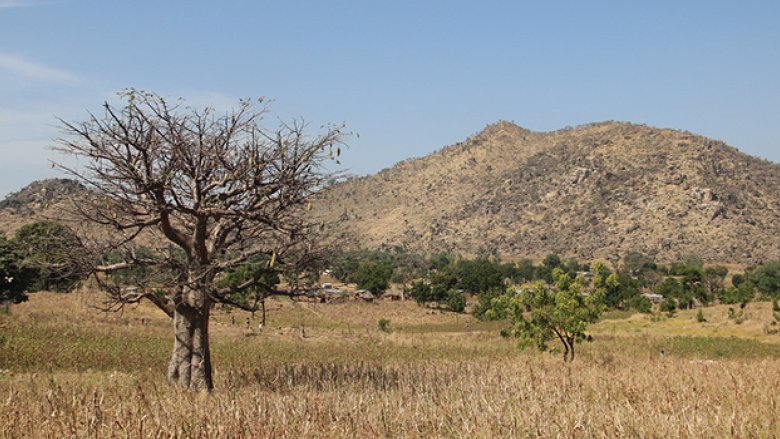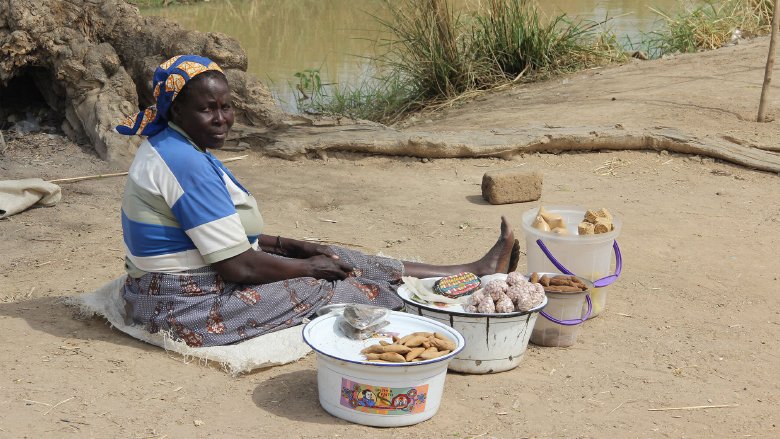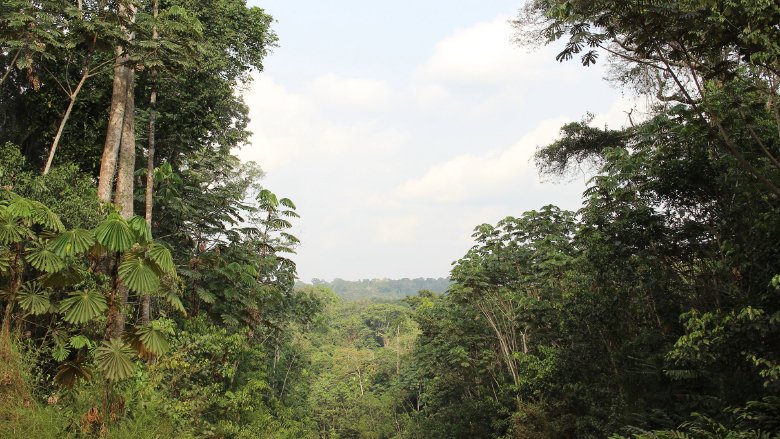Commonly known as “Africa in miniature”, Cameroon is geographically diverse and experiences all the major climates of the continent. Climate change is expected to affect Cameroon’s climatic zones differently, and extreme weather events will be more frequent and intense. Cameroon’s northern regions are to remain the most vulnerable to climate, followed by coastal areas and the highlands.
Climate change is also an imminent threat to the country’s dependence on natural resources and Cameroonians’ dependence on agriculture for livelihoods and subsistence. Under current climate conditions, about two million people live in drought-affected areas.
Tropical forests cover almost 40% of the country and provide an estimated 8 million rural people with traditional staples including food, medicines, fuel, and construction material. Changes in temperature, rain, and droughts are putting these populations at greater risks for increased poverty and famine.
The socioeconomic impact of climate change shocks is hurting both the structural poor and the close to 40% of vulnerable households in Cameroon. Women, especially those living in conflict areas or indigenous groups, are more severely hit by climate change because they are accounting for 75% of workers in the informal agricultural sector and are primarily responsible for the welfare of their households and food security.



